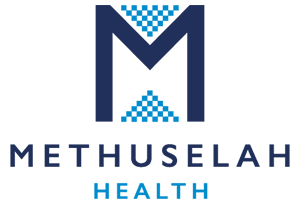
Methuselah Health UK Ltd. has been acquired by RxCelerate Ltd., a leading international out-sourced drug discovery and development platform.
The quantitative proteomics platform developed by Methuselah Health for analysis of proteome stability has been launched by RxCelerate as ProQuant™.
For more information, see the RxCelerate press release.
